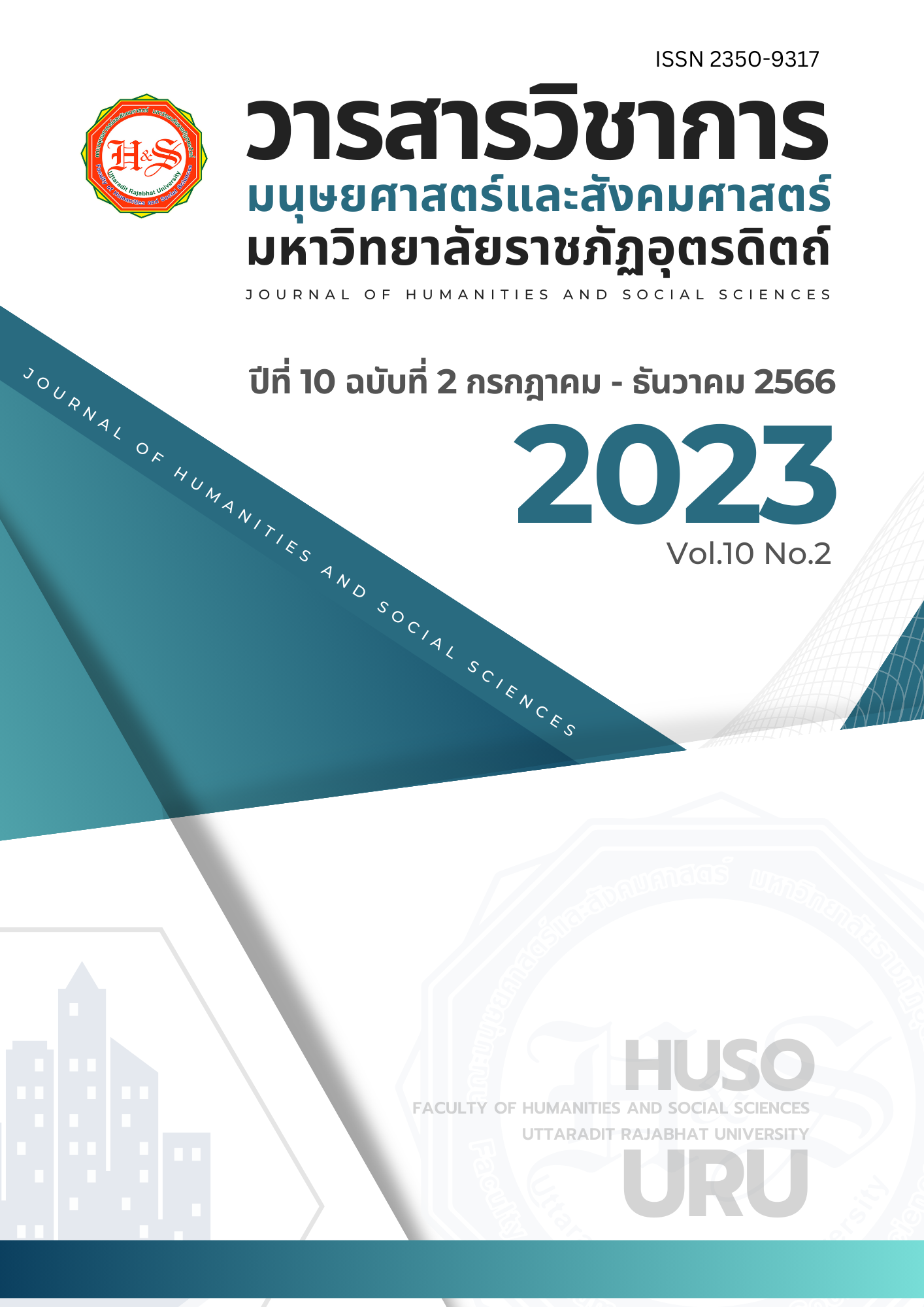The Major Scale
Keywords:
The Major ScaleAbstract
The Major Scale, also known as the Ionian Mode, is the most popular scale used in composition or recording music scores into the performance by singing or using musical instruments to convey. A major scale has a 5-line hierarchy of pitches, with a diatonic movement from low pitches to high pitches in an ascending order and from descending pitches. However, the major scale has different levels of pitches as marked with a sharp and a flat. It also has a combined structure of 2 parts which are Major Tetrachord and Major Tetrachord. The pitch in the major scale consists of 1 full pitch of 5 intervals, which is a hierarchy of 1 – 2 (C - D), 2 – 3 (D - E), 4 – 5 (F - G), 5 – 6 (G - A), and half pitch of 2 intervals, which is a hierarchy of 3-4 (E-F) and 7-8 (B-C).
The pitch in a major scale is marked with a sharp or a flat inflection on the 5 lines.
References
ณัชชา โสคติยานุรักษ์. (2543). ทฤษฎีดนตรี. (พิมพ์ครั้งที่ 2). กรุงเทพฯ: สำนักพิมพ์แห่ง
จุฬาลงกรณ์มหาวิทยาลัย.
ตรอง ทิพยวัฒน์. (ม.ป.ป.). ทฤษฎีดนตรีสากลขั้นพื้นฐาน. กรุงเทพฯ: โรงเรียนดนตรีสยาม
กลการ.
นพพร ด่านสกุล. (2541). บันไดเสียงโมดอล. สงขลา: มหาวิทยาลัยทักษิณ.
บรรจง ชลวิโรจน์. (2545). การประสานเสียง. (พิมพ์ครั้งที่ 2). กรุงเทพฯ: เสมาธรรม.
Delamont, G. (1976). Modern Harmonic Technique Volume l. New York:
Kendor Music.
Hamburger, D. (2008). Blues Guitar. New York: Mcmxciv Alfred.
Henry, E. (2004). Fundamentals of Music. New Jersey: Pearson Prentice Hall.
Mainous, F., & Ottman, R. W. (2004). Rudiments of Music. North Texas:
Pearson Prentice Hall.
Ramsay, R. (2006). Piano Essentials. Boston: Hal Leonard.
Schroedl, J. (2003). Jazz Guitar. Guitar Method. London: Hal Leonard.
Downloads
Published
How to Cite
Issue
Section
License
Copyright (c) 2023 Journal of Humanities and Social Sciences Uttaradit Rajabhat University

This work is licensed under a Creative Commons Attribution-NonCommercial-NoDerivatives 4.0 International License.
บทความเป็นลิขสิทธิของคณะมส. มรภ อต.



